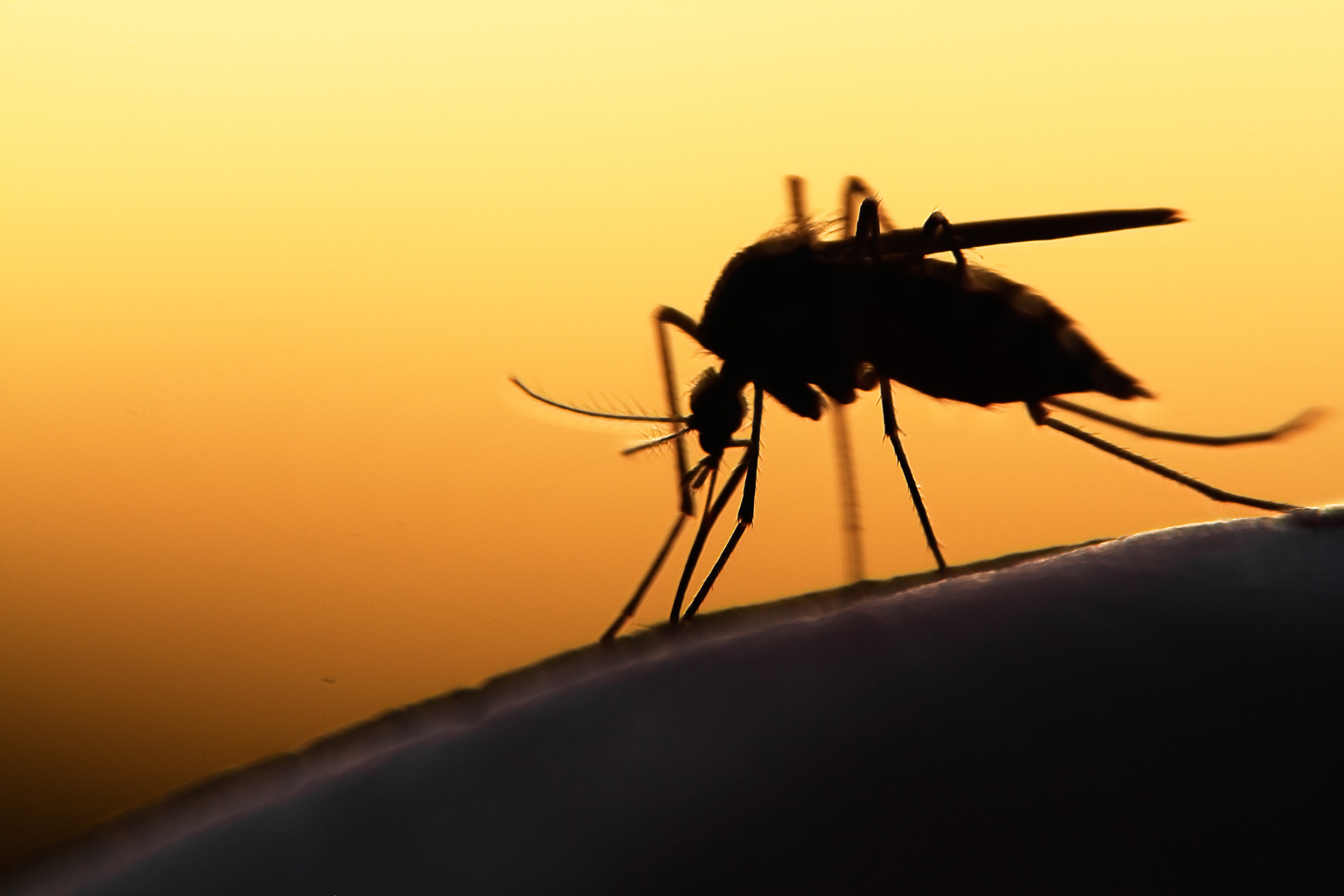This article was originally posted at InfectionControlToday.com.
With malaria making headlines, infection prevention specialists and other IPC professionals seek answers. To provide clarity, ICT® has consulted with 2 experts in the field.

Malaria has been in the news due to the recent cases reported in Florida and Texas. The disease has not been seen in the United States in over 2 decades, and health care professionals are nervous about the emergence in these southern states.
Currently, 8 people have acquired malaria in the United States, in Florida, and Texas. The CDC has issued a nationwide advisory, but the chance of malaria spreading nationwide is still very rare. To get insights and answers to the relevant questions about malaria, Infection Control Today® (ICT®) reached out to 2 experts.
Matthew Pullen, MD, assistant professor of medicine, division of infectious diseases and international medicine, University of Minnesota Medical School. He is also an ICT®’s Editorial Advisory Board member; and Gene G. Olinger, PhD, MRI’s Chief Science Advisor.
ICT: It has been more than 20 years since a case of malaria within the US (not from someone who recently came from a country often with malaria cases). Why are investigators and health care professionals worried about malaria showing up in the US?
Matthew Pullen, MD: Annually, about 2,000 cases of malaria are diagnosed in the US, with the majority being in persons who have recently traveled to or immigrated from malaria-endemic regions. Though rare, it is worrisome that we have seen two such clusters in the past 20 years (8 cases in Palm Beach County, Florida, in 2003; 7 cases in Sarasota County, Florida, and 1 case in Cameron County, Texas, both in 2023). This could suggest that the Anopheles mosquito (the species that transmits malaria) is able to spread and survive in new regions, including the warmer southern US.
Fortunately, we have widely available, low-cost, rapid diagnostics for malaria (blood smears and molecular tests) and several treatment options. An increase in local malaria transmission, though, could stress these resources and cause delays in diagnosis and treatment, leading to severe disease or death in some cases.
Gene G. Olinger, PhD: Climate change! As the weather warms in southern regions of the US, the mosquito vector typically killed or whose population is substantially reduced during the winter can reach levels that can feed on infected people and then transmit malaria to others.
ICT: What are ways people can prepare and protect themselves from malaria?
MP: The risk of acquiring malaria locally in the US is vanishingly low. That being said, there are many other mosquito-spread diseases, particularly in the southern US, that people should be aware of and try to avoid. At the individual level, ensuring no pools of standing water (even as small as a cup) around your home can help prevent mosquito breeding. Many local governments also treat municipal water sources (lakes, ponds, etc) to prevent mosquitoes from breeding. If you’ll be outdoors in areas with many mosquitos, using DEET-containing insect repellant can help, as can wearing lightweight clothing that covers more of your arms and legs.
GGO: Avoid mosquito bites and support local and regional mosquito control programs. Those with special medical needs should discuss options with their clinicians, which may include prophylactic drug therapy.
ICT: What should those in the infection prevention and control field do if they suspect someone has contracted the disease?
MP: Malaria is not spread person-to-person, so no specific isolation precautions are needed for suspected or confirmed malaria patients. Rapid recognition and diagnosis of this infection is key, as the disease becomes more severe as parasitemia increases over time. If you suspect a patient has malaria, you should quickly contact an infectious diseases specialist and your microbiology laboratory about confirmatory testing via “thick and thin” blood smears or rapid molecular testing.
GGO: Good systems are in place to detect the parasite in mosquitos and infected patients.
ICT: Do you have anything you’d like to add?
MP: This is an important disease to know about and be able to recognize, both because travel is so easy and common and because we are going to be seeing this more often in the coming decades. Climate change is causing a steady rise in tickborne and mosquito-borne diseases, even in regions not known to harbor these insects in prior decades.
GGO: Mosquito-borne disease is a constant threat to the Americas. The mosquito vector and the conditions to allow its spread are becoming optimal. A few cases can explode into many cases very quickly. Fortunately, public health and medical health are ready to help!

